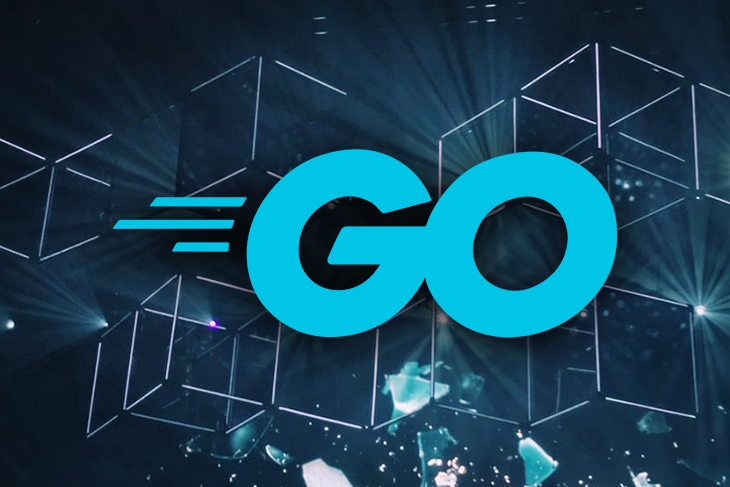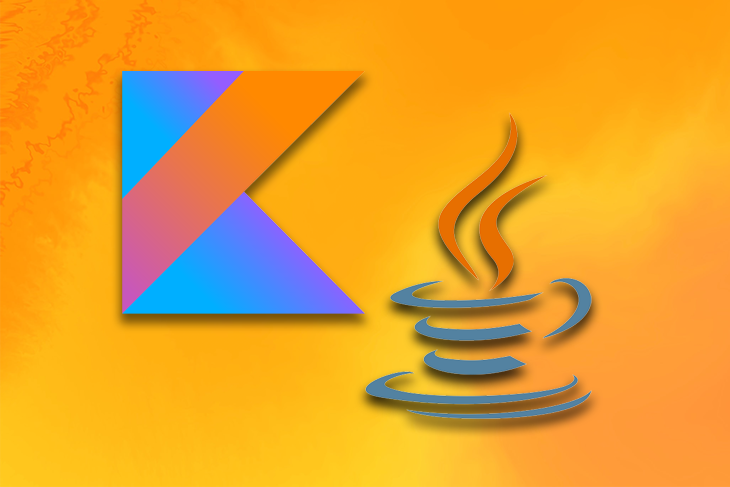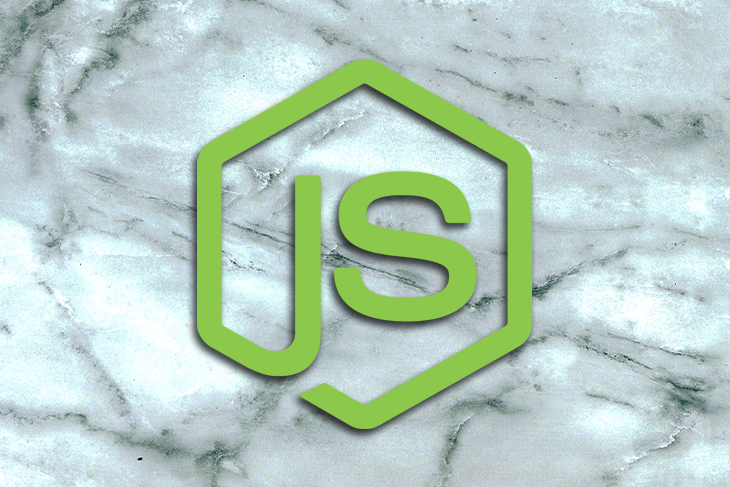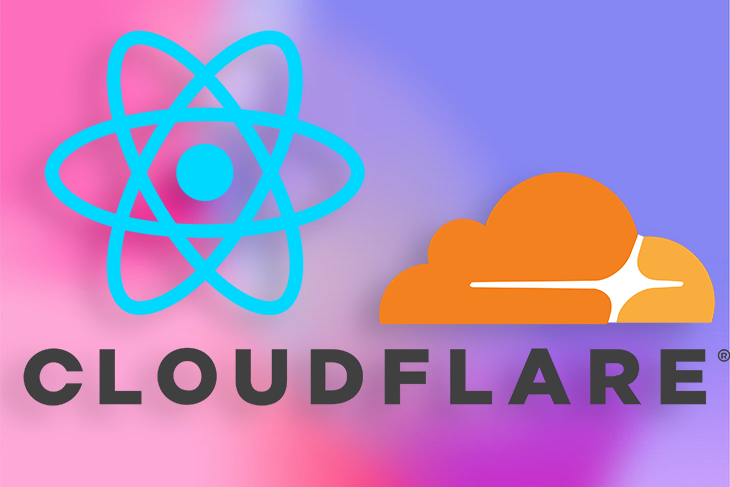How to build a blockchain from scratch with Go
- 22-01-17
- 12 Comments
- HTML
Blockchains are the underlying technology for many decentralized applications and cryptocurrencies. They are considered one of this generation’s most significant discoveries. Despite being in its early stages, blockchain is already applicable in many industries and is creating new job roles and opportunities for developers, artists, gamers, content writers, and many more. This tutorial aims to teach you how blockchains work by guiding you through building one from scratch with Go. If you have heard of blockchains, but are still confused about how they work, this article is for you. Why build a blockchain with Go? Go provides many unique features and functionalities that make it a good fit for building a blockchain. For example, Go allows you to create highly efficient and performant applications with little effort. Go is also excellent for building applications that require parallelism and concurrency (like blockchains) with its ability to spawn and manage thousands of Goroutines. Go implements automatic garbage collection and stack management with its runtime system. Finally, it compiles applications to machine code and single binaries, supporting multiple OSs and processor architectures, and deploys easily on server infrastructure. Prerequisites To follow and understand this tutorial, you will need the following: Working knowledge of Go Go v1.x installed on your machine A Go development environment (e.g., text editor, IDE) What is a blockchain? A blockchain is a digital record of transactions distributed and shared among the nodes of a computer network. Each transaction in the blockchain is called a block, and links to another with cryptography techniques. Blockchains are helpful when you are trying to build a decentralized system that ensures the security and integrity of data while maintaining trust between every system user. What is a block? We mentioned blocks earlier, and you might be wondering what they are. Put simply, a block is a group of data, and multiple blocks come together to form a blockchain. Every block in a blockchain possesses the following properties: Data to record on the blockchain, e.g., transaction data A block hash, the ID of the block generated using cryptography techniques The previous block’s hash, which is the cryptographic hash of the last block in the blockchain. It is recorded in every block to link it to the chain and improve its security A timestamp of when the block was created and added to the blockchain Proof of Work (PoW), which is the amount of effort taken to derive the current block’s hash. We will explain this in depth later in the tutorial.





Leave Comment